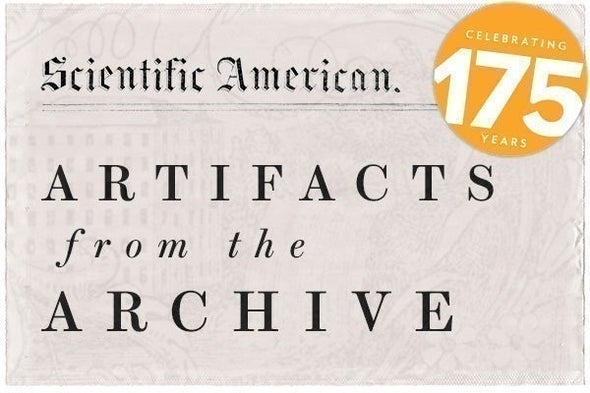Originally published in August 1968
“If by some special arrangement humans could be made to breathe water instead of air, serious obstacles to attempts to penetrate deeper into the ocean and to travel in outer space might be overcome. Suppose we prepare an isotonic solution that is like blood plasma in salt composition and charge this solution with oxygen under greater than normal pressure. Can a mammal breathe such a solution? I performed the first experiments, with mice as the experimental animals, at the University of Leiden in 1961. After their initial agitation, the mice quieted down and did not seem to be in any particular distress. They made slow, rhythmic movements of respiration, apparently inhaling and exhaling the liquid. It became evident that the decisive factor limiting the mice’s survival was not lack of oxygen but the difficulty of eliminating carbon dioxide at the required rate. —Johannes A. Kylstra”
—Scientific American, August 1968
More gems from Scientific American’s first 175 years can be found on our anniversary archive page.



